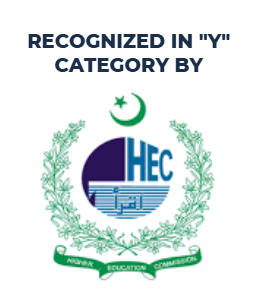Asylum Under International Law: An Essay
DOI:
https://doi.org/10.24312/ucp-jlle.03.02.575Keywords:
International Law, Human Rights, Asylum, Pak-Afghan Asylum, UNHCRAbstract
This article reflects on man's quest for peace through seeking safe passage in the hour of need, which the religious, political, or racist genocides may trigger. International law proclaims that these rights can’t be rejected. Article 3 of the Territorial Asylum 1967, 146 countries vowed in writing to the responsibility for people under persecution, and many non-signatories of the treaty still allowed people in, though the principle of non-refoulement doesn’t bind them. This research employs doctrinal research methodology. The study explores how international law, through the United Nations High Commission for Refugees (UNHCR), protects the right of peoples to seek asylum. The right can be traced back to the Treaty of Lagash and ‘The Hittite Treaty’ of 1274 BC, with the 1951 Refugee Convention and the 1967 Declaration of Territorial Asylum proving to be important milestones. Some states have strict policies regarding refugees, ultimately denying the safe space to individuals under the threat of persecution, which in turn poses a threat to peace. It is suggested that moderate policies should be adopted, and states with better economic conditions should accommodate refugees more than states with an unstable economy.
Downloads
Published
Issue
Section
License
Copyright (c) 2025 UCP Journal of Law & Legal Education

This work is licensed under a Creative Commons Attribution 4.0 International License.




